Mr. Hieu and Ms. Huong were born and raised in the mountainous commune of Tan Thanh. In the past, their family had a very difficult life and had to do many different jobs to make a living. After that, Mr. Hieu and his wife began to learn about civet farming techniques from websites, newspapers and previous breeders. In 2021, he boldly built a 100m2 cage and bought 8 pairs of civets to raise.
Mr. Hieu shared: “I went to many places to learn and saw that they raised civets very effectively. Through research, I learned that civets are easy to raise, their characteristic is to eat at night and early in the morning, so I can arrange my free time to take care of them, then decided to buy the breed to raise.”
 |
| Ms. Dinh Thi My Huong is taking care of the mink - Photo: XV |
According to Mr. Hieu, civets originate from the forest. Although they are domesticated and raised, they still retain their wild nature, so he divides the cage into separate cells, each cell holds one civet, and divides it into many areas for breeding civets, reserve civets, and baby civets. Keeping each civet in a separate cage prevents them from biting each other, limiting the spread of disease. In addition, in Mr. Hieu's garden, he also grows bananas, vegetables, and many kinds of fruit to feed the civets.
“At first, I encountered many difficulties due to lack of experience in caring for the mink, so the mink got some diseases, and the female mink's reproductive rate was low. To overcome this situation, I signed up for a veterinary class and learned from the experiences of previous mink breeders. After 2 years, my husband and I's mink farming went quite smoothly. After that, I invested in expanding the barn. Currently, my family's mink farm has 150 barns, raising about 120-140 minks. I use the empty barns to move the minks when they reach a large weight and size,” said Mr. Hieu.
When the number of minks reproduces a lot, Mr. Hieu pays special attention to cleaning the living environment, ensuring nutrition to effectively prevent diseases in the livestock. The mink's food is mainly ripe bananas and live fish, powder, vegetables, fruits, leaves, porridge... However, when using fish as food, it must be clean. The cage must be clean, airy, and high. The mink must be bathed every day, when feeding, the dosage must be balanced for each animal, ensuring that the mink does not get too fat because it will be difficult to reproduce, too much fat also reduces the quality of the meat.
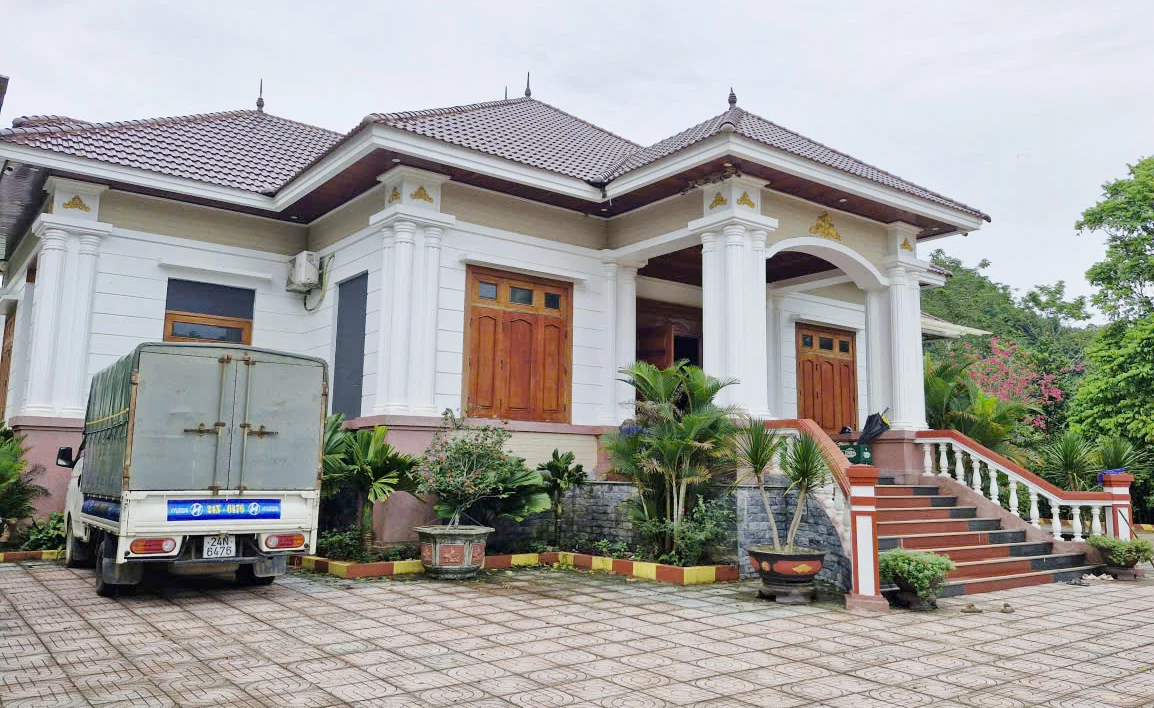 |
| Thanks to raising civets, Mr. Hieu and his wife have built a spacious house - Photo: XV |
In captivity, civets are also very sensitive to new foods. “Every day, I feed the civets once in the afternoon due to their wild nature. During the day, civets usually sleep, only waking up in the afternoon and at night to look for food. On average, each civet has a food ration of about 3,000 VND/day,” Ms. Huong shared.
Natural food sources, rich in nutrients, have helped civets develop and reproduce well. Currently, breeding civets (60 days old) weigh from 0.6-1kg, Mr. Hieu sells for about 10 million VND/pair; and larger civets that are about to reproduce can be sold for 25 million VND/pair. Civets raised from 8-9 months old and older can reproduce, the gestation period is about 3 months. Normally, each year, mother civets give birth to about 2 litters, each litter of 3-4 civets, the survival rate of civets is over 90%.
Station Chief of Hoa Tien Forest Ranger Station Tran Duc Nam affirmed: "The civet farming activities of Mr. Dinh Xuan Hieu and Ms. Dinh Thi My Huong, Ong Chinh village, Tan Thanh commune always strictly comply with the provisions of the law, are licensed by the authorities to register a business, are granted a farm code, are periodically inspected, and are subject to veterinary hygiene. Every time they sell civets to the market or when they reproduce, they always report to the local forest rangers."
Mink meat costs from 1.4-1.5 million VND/kg, after 8 months of raising, it reaches a weight of about 3.5-4kg. On average, each year, Mr. Hieu sells about 100 minks for breeding and commercial minks to the market, earning a net profit of over 500 million VND. Thanks to raising minks, combined with business, trading, and farming, Mr. Hieu and Ms. Huong's family earns an annual revenue of over 1 billion VND after deducting expenses. Since then, they have built spacious houses, creating jobs for many workers in the area...
Vice Chairman of Tan Thanh Commune People's Committee Dinh Hai Ly commented: "Mr. Hieu's civet farming model is very effective, so many people come to learn and follow. Civet farming techniques are not too difficult, investment costs are low, so the Commune People's Committee will research and create conditions for people to replicate the model; link with breeding and consumption units to form a chain of links to help households feel secure in developing production."
Spring King
Source: https://baoquangtri.vn/kinh-te/202511/lam-giau-nho-nuoi-chon-huong-076596e/



![[Photo] Prime Minister Pham Minh Chinh receives Lao Minister of Labor and Welfare Phosay Sayasone](https://vphoto.vietnam.vn/thumb/1200x675/vietnam/resource/IMAGE/2025/11/11/1762872028311_dsc-2246-jpg.webp)





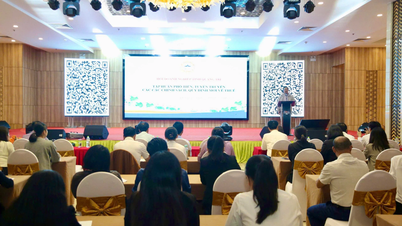




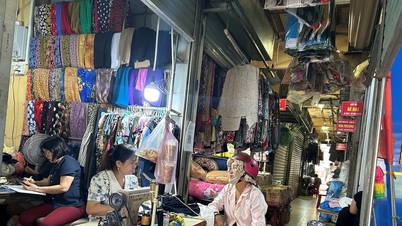


































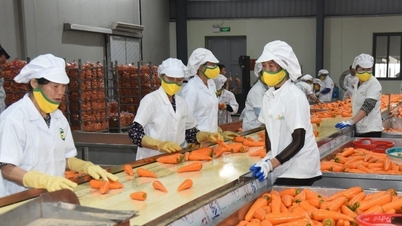
































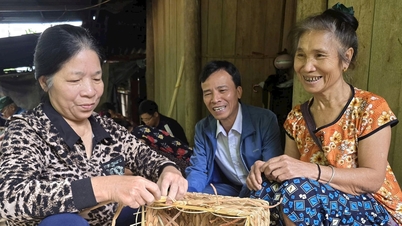


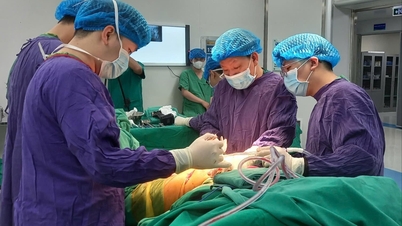





![Dong Nai OCOP transition: [Article 3] Linking tourism with OCOP product consumption](https://vphoto.vietnam.vn/thumb/402x226/vietnam/resource/IMAGE/2025/11/10/1762739199309_1324-2740-7_n-162543_981.jpeg)








Comment (0)